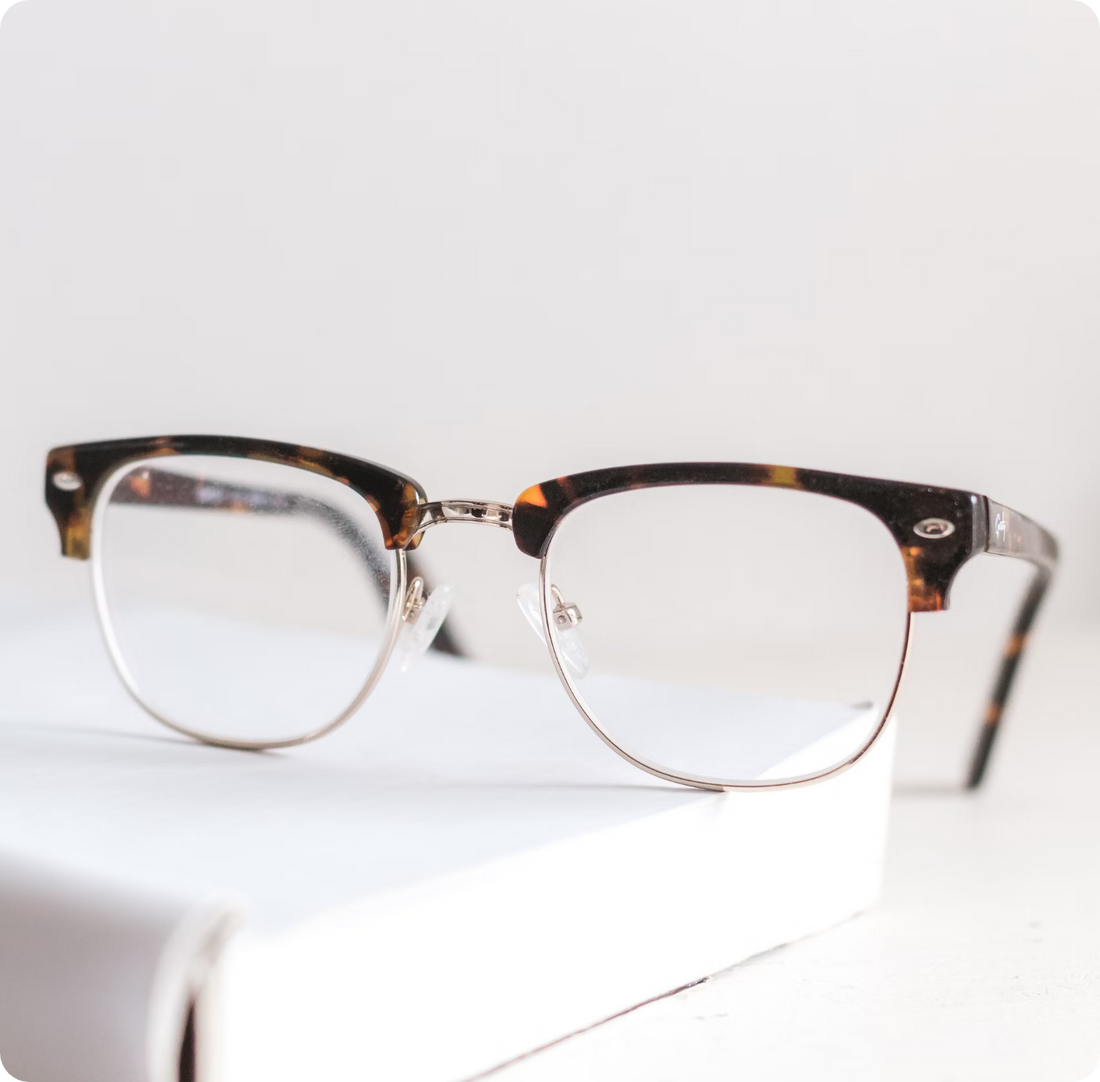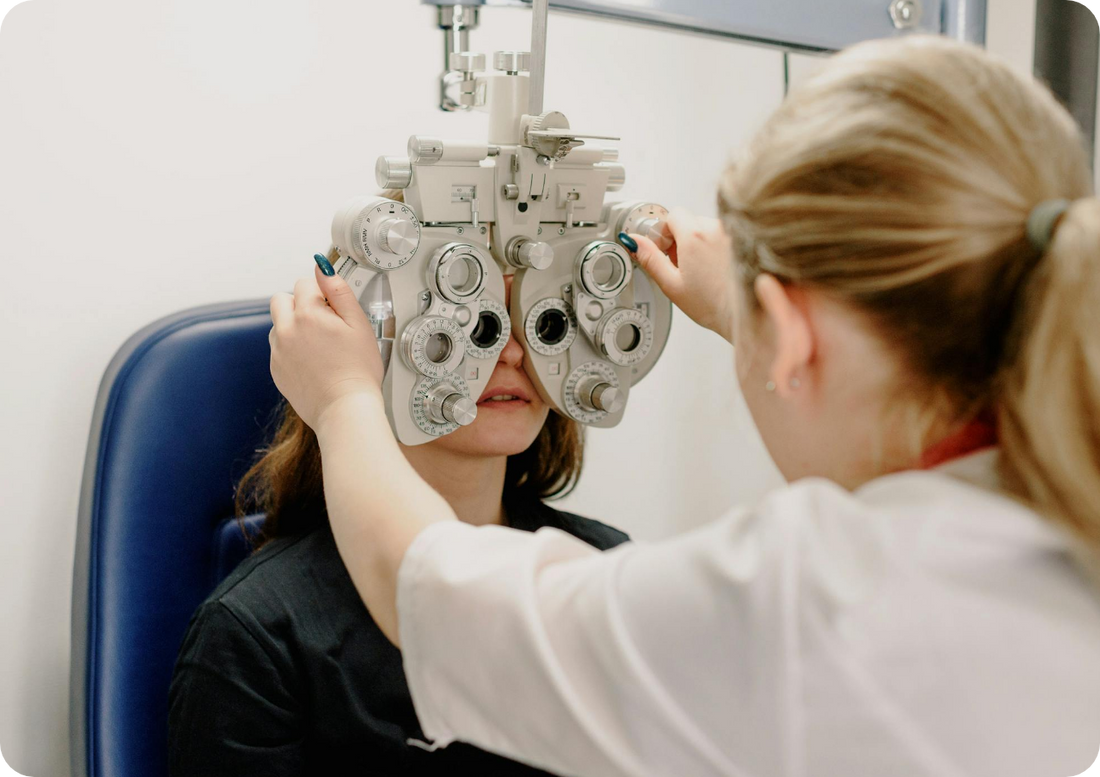As we grow older, vision issues become more common due to the natural aging process affecting our eyes. Individuals aged 40 and above often experience the need for vision correction. Carrying multiple pairs of glasses can be impractical, leading many to opt for bifocals or progressive lenses.
Bifocals and progressive lenses address the same need for correcting vision at different distances. However, they differ significantly in their design and functionality.
What are bifocal lenses?
Bifocal lenses have two prescription numbers in the same glass which are separated by a line which gives them their distinct "old-fashioned" look. The top part of the bifocals uses prescription for distant objects whereas the bottom part uses prescription for nearby objects for activities such as reading and looking at objects up-close.
You can find either D-shaped or round-shaped bifocals. D-shaped are more common and easier to adopt as the line separating the prescriptions is distinctly visible but round-shaped bifocals are also a good option.
What are progressive lenses?
The main difference between bifocals and progressive lenses is that progressive lenses do not have lines. They look like single vision lenses but allow you to clearly see objects at different distances from close-by to far-off.
Progressive lenses work just as well if not better than bifocals for helping correct people’s vision at different distances. Progressive lenses can even support more than two prescriptions usually for near, intermediary, and far off objects; all the while eliminating the “old look” which is often associated with the lines in bifocals. It is impossible to spot the “line” separating different prescriptions in a progressive lens as it is crafted into the design of the lens.
Each point in the progressive lens can perfectly correct the vision for the specific distance. A few different kinds of progressive lenses are as follows:
Conclusion
So, should you go for bifocals or progressive lenses? It depends on you. Both are good options for correcting your vision but progressive lenses are made through advanced technology and have some clear benefits over bifocals:
- They provide clear vision at all distances
- Eliminates “image jumps” of bifocals as you go from looking through one part to the other
- Do not having separating lines resulting in a more youthful appearance for the wearer







